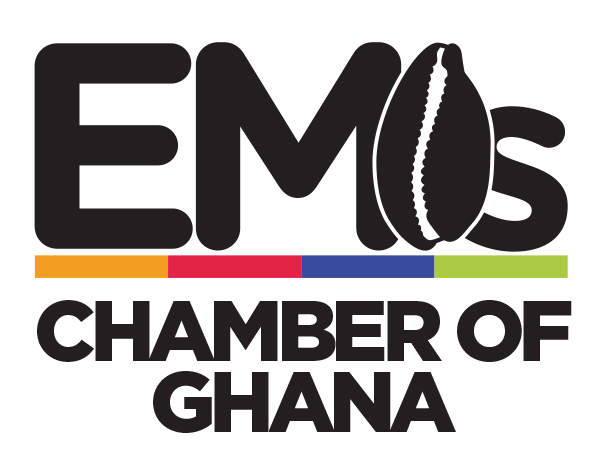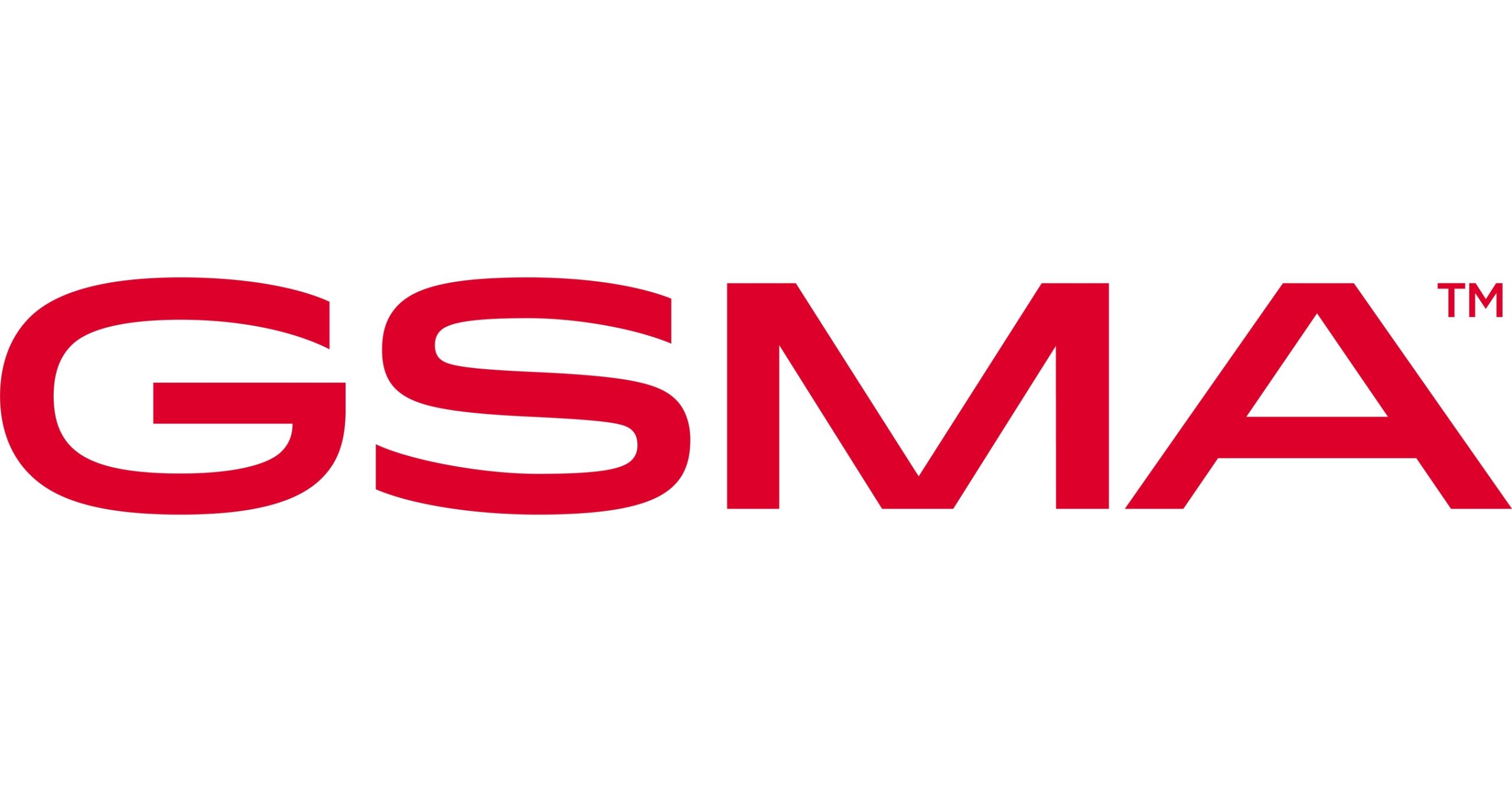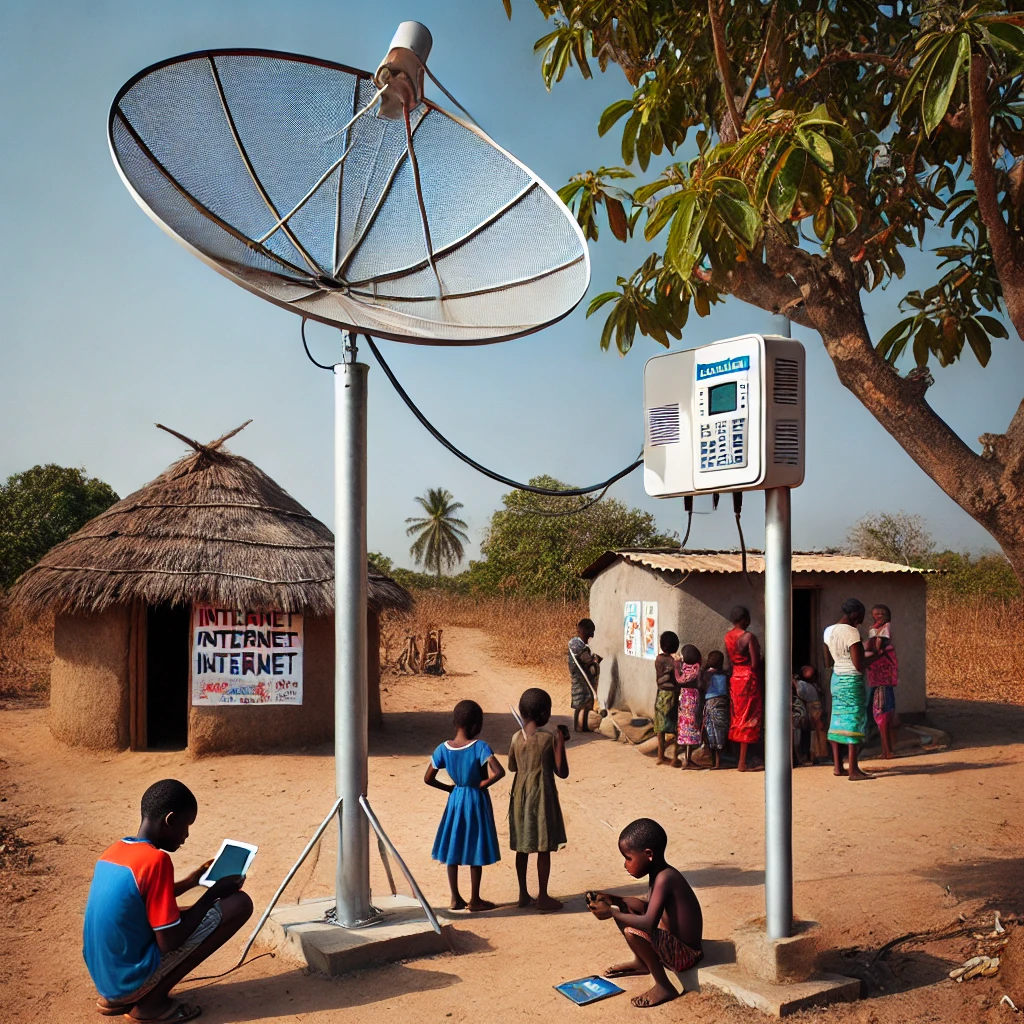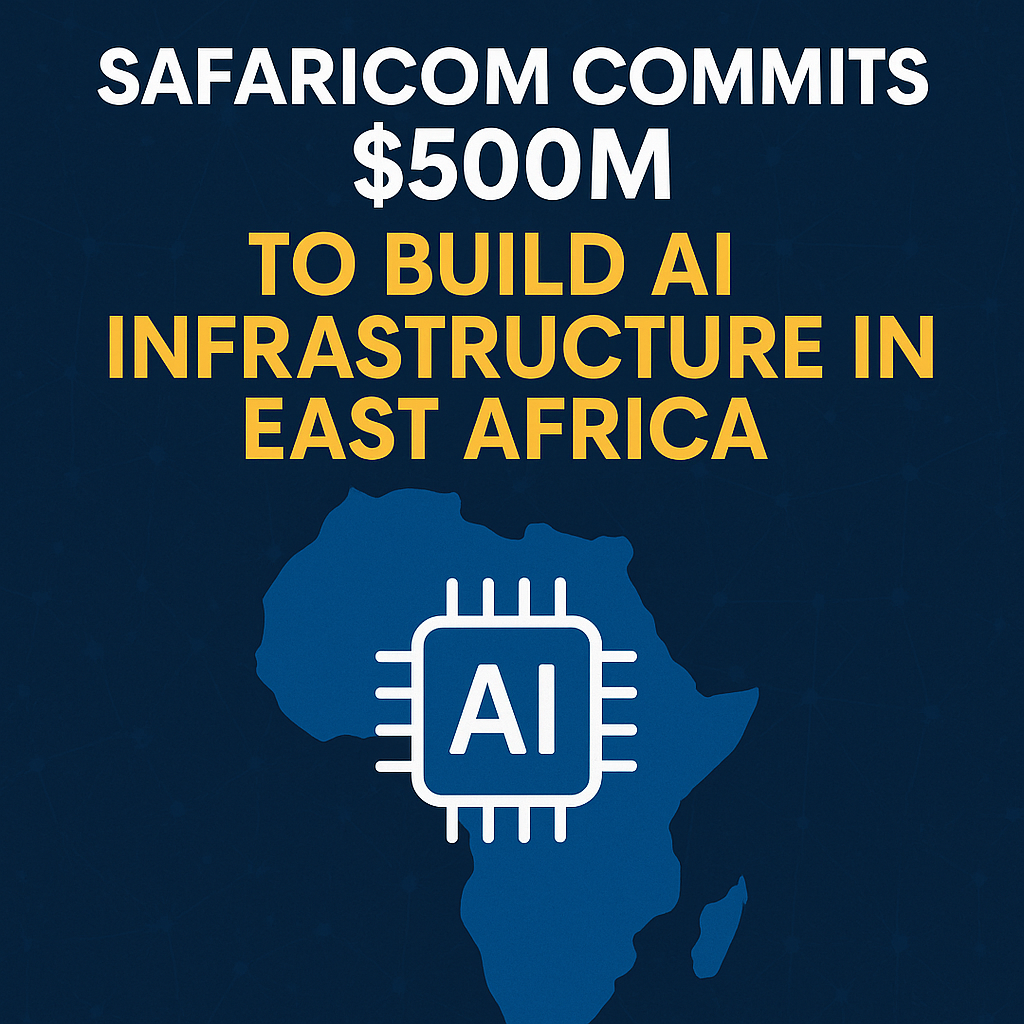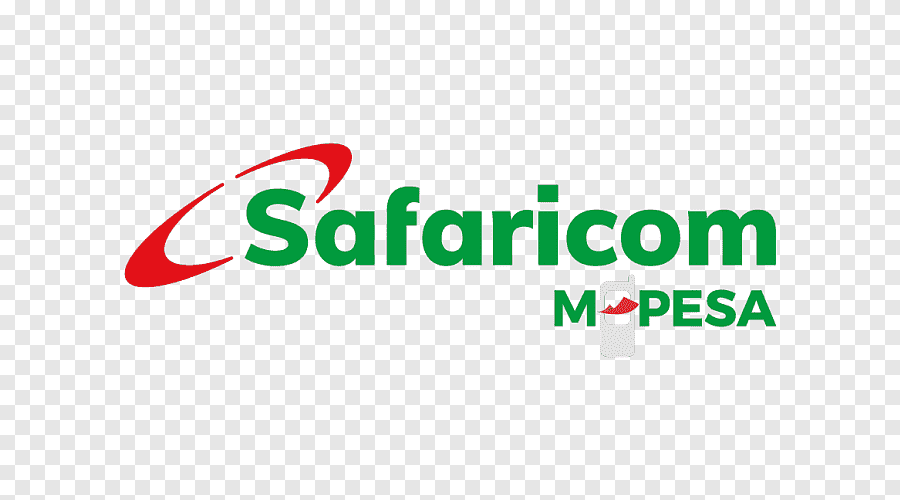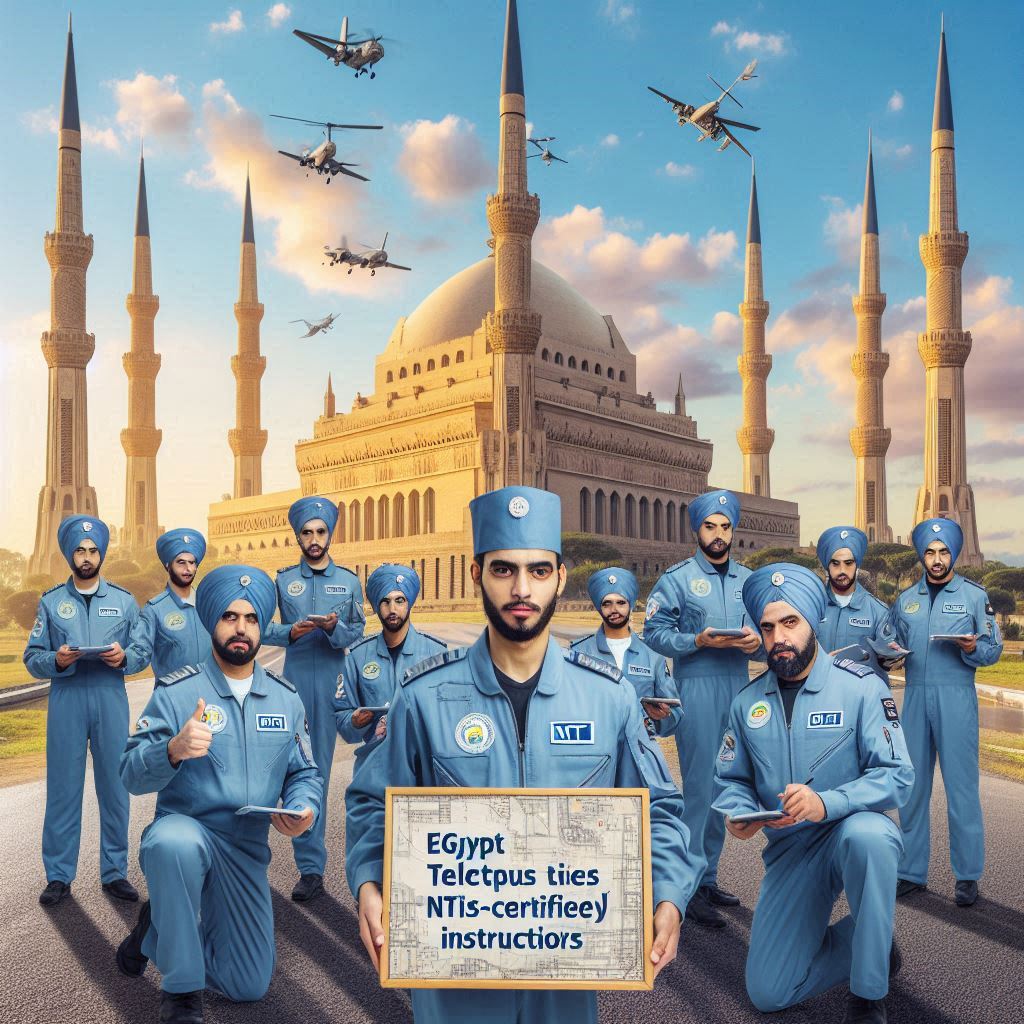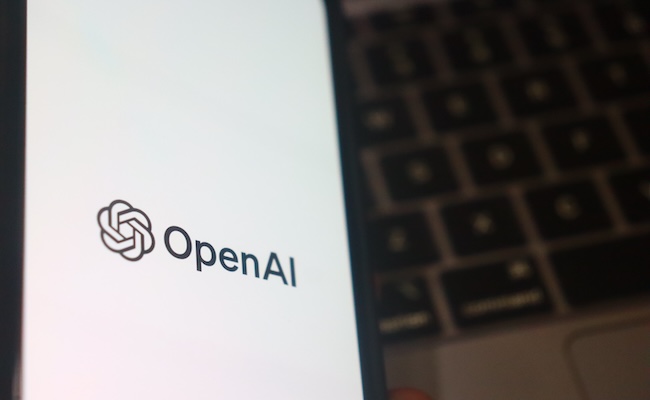By Amiya Johar | Source: Mobile Net Zero Report via GSMA
The GSMA is calling on mobile network operators to accelerate their decarbonisation efforts, warning that current progress falls short of the trajectory required to reach net zero emissions by 2050.
According to the mobile industry body’s latest Mobile Net Zero report, operators achieved an 8% reduction in operational emissions between 2019 and 2023, even as global mobile connections rose by 9% and data consumption quadrupled. The findings were released ahead of MWC Shanghai.
Despite this progress, the GSMA cautions that the pace of emissions reduction must increase to 7.5% annually through to 2030—more than twice the current rate. Preliminary 2024 data shows a 4.5% drop, indicating improvement but still below target.
Renewable energy uptake played a significant role in the sector’s emissions decline, with 37% of electricity sourced from renewables in 2023—up from just 13% in 2019. This shift reportedly prevented around 16 million tonnes of carbon emissions. Regional leaders include Europe, which cut operator emissions by 56% since 2019, followed by North America (44%) and Latin America (36%). For the first time, China recorded a 4% drop in operator emissions, spurred by a sharp increase in clean energy use.
Still, GSMA flags Scope 3 emissions—those generated across supply chains and manufacturing—as a key challenge, accounting for two-thirds of the sector’s carbon footprint. These value chain emissions remain a critical focus area for operators aligning with science-based targets.
Operators are increasingly turning to energy-efficient infrastructure, solar power, battery storage, and the phasing out of diesel-based and legacy networks. But GSMA stresses that stronger policy environments and expanded renewable energy access are essential to meet global sustainability ambitions.
Consumer trends also signal growing momentum for sustainability. Nearly 90% of surveyed users are open to refurbished devices, a market expected to reach $150 billion by 2027.
“This industry isn’t greenwashing or greenwishing—it’s green acting,” said Steven Moore, GSMA’s Head of Climate Action. “But to stay on track, we need faster progress, firmer policy support, and deeper collaboration across the ecosystem.”
By Amiya Johar | Source: Mobile Net Zero Report via GSMA
